
Tag: camping


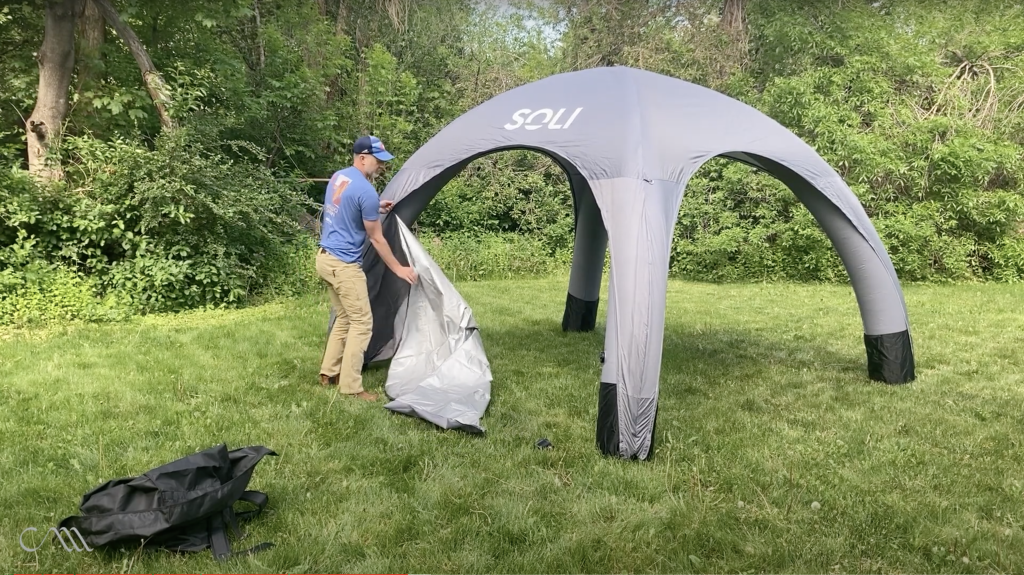
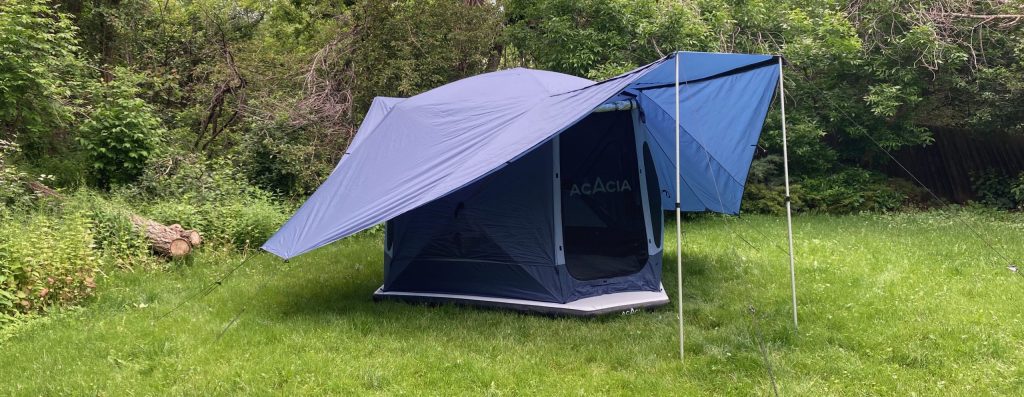
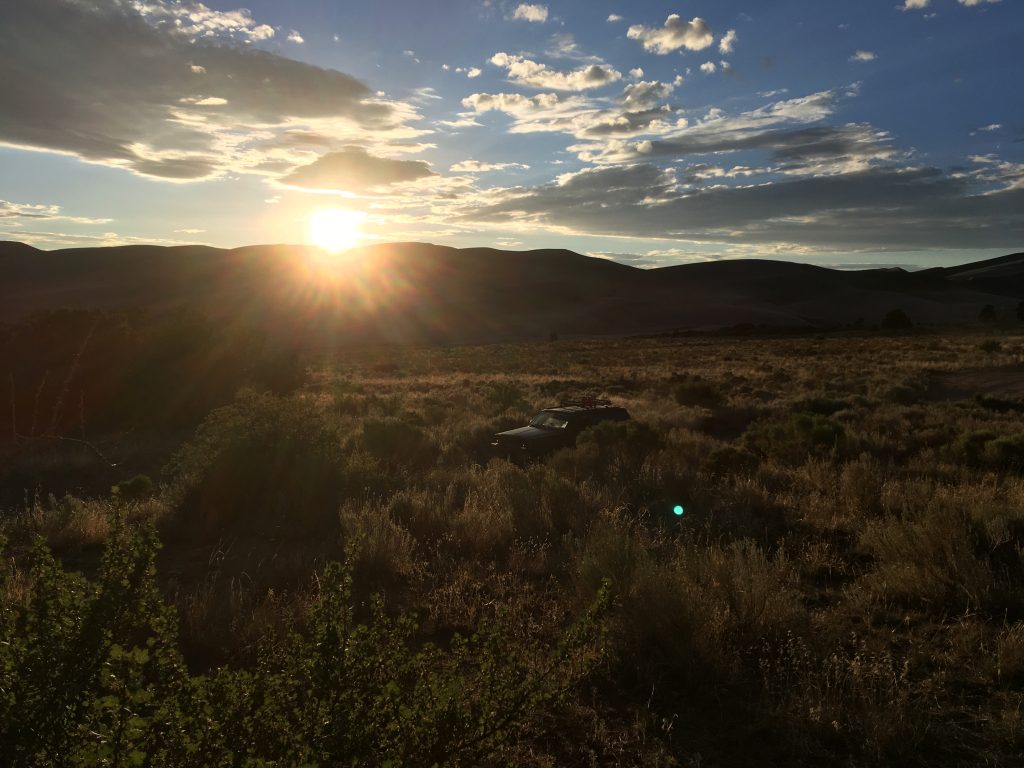
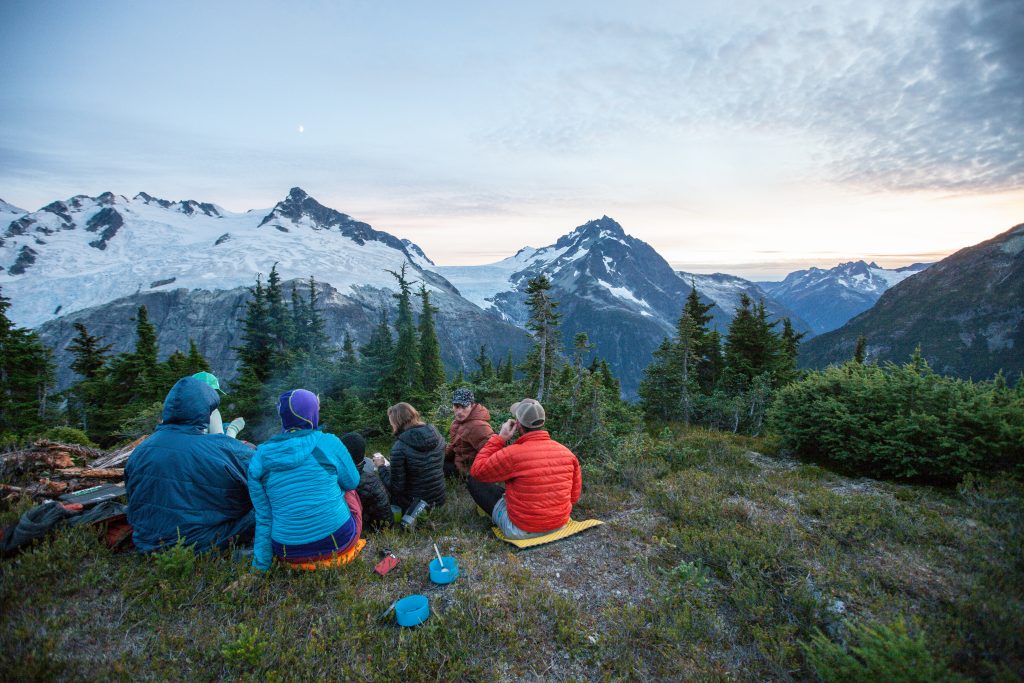
Slot Canyons
Hiking the Grand
Ellingwood Ridge Challenge
I had the pleasure of guiding a trip in the Colorado Rockies with Mark James for the Adventure Unlimited Ranches. We took a group of intrepid adults from A/U’s Adult Base Camp (ABC) program to La Plata where the plan was to traverse Ellingwood Ridge. The five of us (two guides and three adult campers) camped at the base of the western ridge. The next morning we made it up the western ridge to the 14,334-foot summit where a batch of my mom’s home made oatmeal chocolate chip cookies were delivered. That was a treat. Once rested at the summit one camper opted to turn back and was accompanied by Mark while the rest of us started our descent along Ellingwood Ridge. This is not a trail and is a technical route. About an hour into the traverse we realized the best idea was to turn back to the summit instead of continuing on along the ridge all the way down as planned.
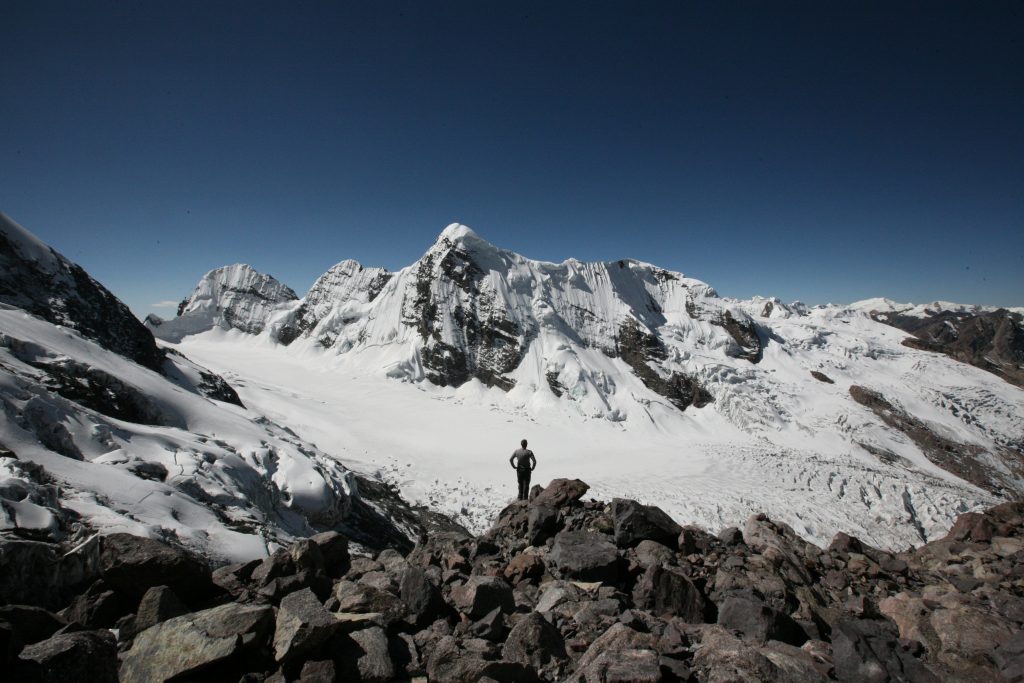

 Like || Tweet || More Photos || Purchase Photo
Like || Tweet || More Photos || Purchase Photo Like || Tweet || More Photos || Purchase Photo
Like || Tweet || More Photos || Purchase Photo Like || Tweet || More Photos || Purchase Photo
Like || Tweet || More Photos || Purchase Photo